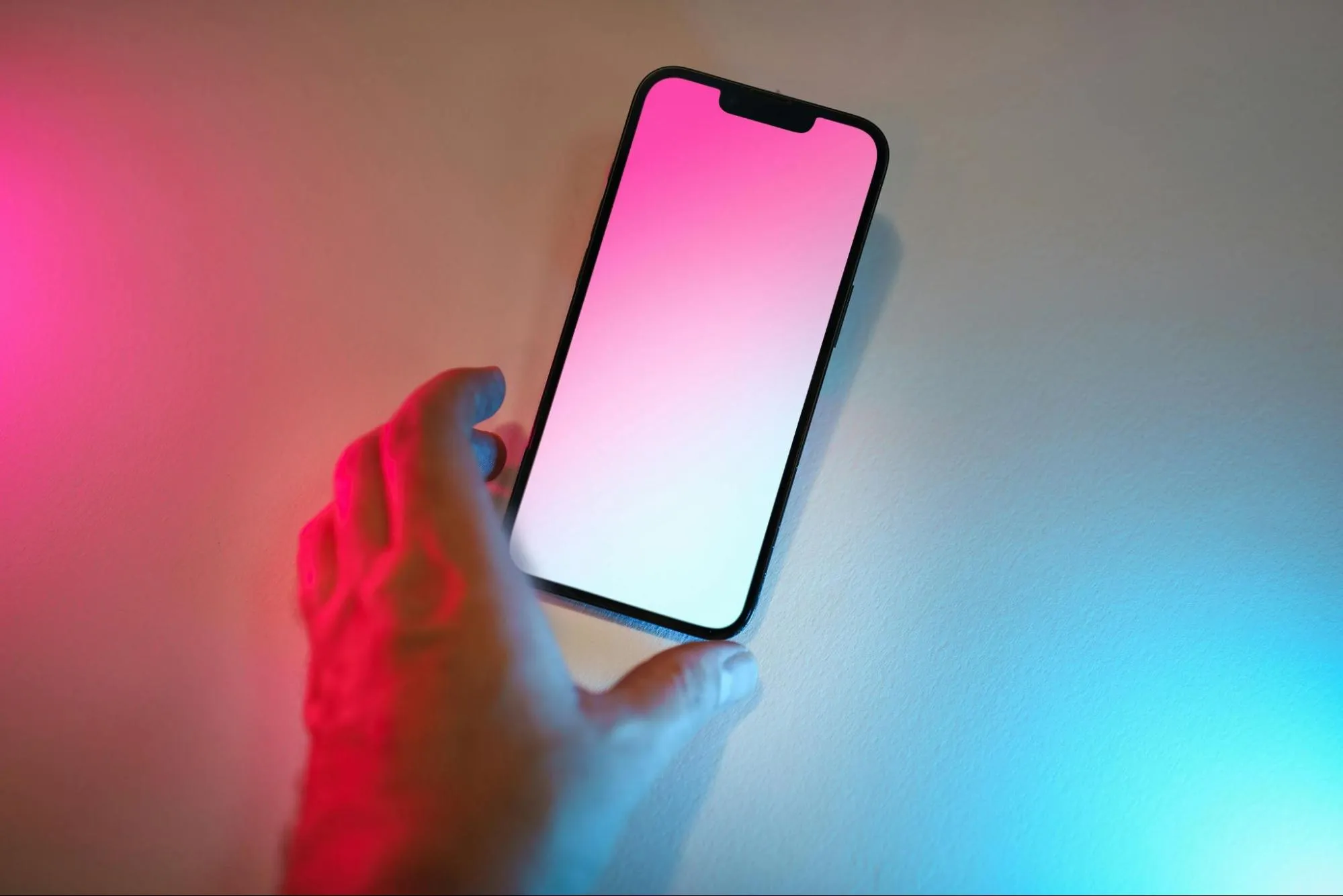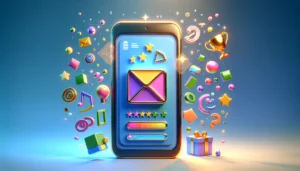
13 Best Practices for Determining Email Frequency Without Overwhelming Subscribers
Discover the wisdom of industry leaders on mastering the art of email communication frequency to maintain subscriber engagement without causing fatigue. This article distills expert advice into actionable strategies, ensuring that every email counts. It’s about striking the perfect balance – informed by data, tailored to your audience, and refined through continuous optimization.
- Analyze Data and Segment Audience
- Test Different Email Cadences
- Tailor Frequency Based on Engagement
- Segment Audience by Role and Needs
- Balance Quality and Quantity
- Test Frequencies and Optimize Timing
- Adjust Frequency Based on Engagement
- Sync with Audience Needs
- Use Industry Benchmarks for Cadence
- Respect Audience’s Attention
- Personalize Email Frequency
- Segment and Test for Optimal Frequency
- Use Event-Based Email Triggers
Analyze Data and Segment Audience
Determining the optimal email frequency required a mix of data analysis, A/B testing, and audience segmentation. We started by analyzing engagement metrics such as open rates, click-through rates, and unsubscribe rates to identify patterns in audience behavior. By segmenting our subscribers based on their activity levels, we customized email cadences—sending more frequent emails to engaged users while reducing the frequency for less active ones.
One notable example of improving engagement through email cadence adjustment was when we noticed a drop in engagement due to over-emailing. We ran an A/B test: one group received emails twice a week, while the other received them once a week. The latter saw a 15% increase in open rates and a 10% higher click-through rate, indicating that reducing email frequency prevented fatigue and improved responsiveness.
Additionally, we introduced AI-driven send-time optimization, ensuring emails were sent when subscribers were most likely to engage. This personalization strategy further enhanced overall engagement and reduced unsubscribes. By continuously monitoring data and adjusting based on real-time insights, we have been able to maintain a balance between staying top-of-mind and avoiding inbox fatigue, leading to a healthier and more engaged email list.
 Divya Ghughatyal
Divya Ghughatyal
Digital Marketing Consultant, Gleantap
Test Different Email Cadences
Finding the optimal email frequency for my audience came down to data analysis and A/B testing. At first, we sent weekly emails, assuming more touchpoints would keep our brand at the forefront of our customers’ minds. But engagement started dropping, and unsubscribe rates crept up. Instead of guessing, we tested different cadences—daily, twice a week, and biweekly—while tracking open rates, click-throughs, and unsubscribes.
One of the biggest breakthroughs came when we segmented our list based on engagement levels. Highly engaged users responded well to two emails per week, while less active subscribers preferred a biweekly schedule. After adjusting, open rates increased by 22%, and unsubscribes dropped significantly.
The key was listening to audience behavior instead of forcing a one-size-fits-all approach. Email frequency should balance keeping users engaged without overwhelming them. Testing different cadences, analyzing subscriber behavior, and allowing them to set preferences gave us the best long-term results.
 Georgi Petrov
Georgi Petrov
CMO, Entrepreneur, and Content Creator, AIG MARKETER
Tailor Frequency Based on Engagement
Determining the optimal email frequency for our audience was an iterative process based on both data analysis and feedback. Initially, we started with a weekly email cadence, but over time, we realized that engagement varied across different segments of our audience. We analyzed open rates, click-through rates, and unsubscribe rates to determine how often each segment was engaging with our emails. Through A/B testing, we found that our highly engaged users responded well to more frequent emails, while less engaged users preferred fewer touchpoints.
After adjusting our cadence—sending more personalized, timely emails to active users and scaling back for others—we saw a significant boost in overall engagement. For example, when we switched to a bi-weekly schedule for a less active segment, our unsubscribe rates dropped by 15%, and our open rates increased by 20%. This approach allowed us to tailor our frequency to the needs and preferences of different groups, ultimately improving overall engagement without overwhelming our audience.
 Vaibhav Namburi
Vaibhav Namburi
Founder, Smartlead.ai
Segment Audience by Role and Needs
We determined email frequency by segmenting our email list into three groups: engineers, procurement officers, and operations managers. Each group had different content needs and tolerance levels. Engineers preferred deep dives, so monthly emails worked well. Procurement professionals only opened emails once a quarter, while operations managers engaged most when we sent a brief every six weeks. Consequently, we stopped sending emails to everyone at the same pace and started tailoring the cadence according to each role.
After implementing this change, our overall open rate increased from 29% to 46% within two months. Our reply rate on procurement-specific content doubled. One email titled “New Cost-Benefit Models for Wind Barriers—Save $120K in 3 Years” generated six inbound quote requests from a single group of 80 contacts. The lesson learned? Frequency is only effective when it aligns with the rhythm of the readers.
 Barbara Robinson
Barbara Robinson
Marketing Manager, Weather Solve
Balance Quality and Quantity
Testing and adjusting email frequency is a balancing act. If you send too many emails, people tune out. If you send too few, they forget about you. I started by looking at engagement data (i.e., open rates, click-through rates, and unsubscribes) and then experimented with different cadences.
One of the biggest improvements came when we reduced our weekly updates to biweekly for customers who had already booked an international move. Initially, we sent updates every week, thinking more communication would be helpful. Instead, engagement dropped because customers felt overwhelmed. When we spaced emails out and focused on the most relevant information, such as customs regulations or what to pack at each stage, open rates jumped by 20% and fewer people unsubscribed.
It proved that quality matters more than quantity. People appreciate useful information at the right time rather than constant updates. Now, we adjust based on where a customer is in their moving journey, making sure they get what they need without inbox fatigue.
 Hugh Dixon
Hugh Dixon
Marketing Manager, PSS International Removals
Test Frequencies and Optimize Timing
We conducted a four-month test with email frequencies set at weekly, bi-weekly, and monthly across three states. Queensland unsubscribed quickly from weekly emails—the unsubscribe rate reached 4.8%. New South Wales performed well with bi-weekly emails, but Victoria showed the highest engagement when we emailed once every 28 days. This was surprising, but the data was clear and convincing.
After establishing that cadence, we focused on optimizing the timing. Tuesdays at 10:30 a.m. had the best open rate—consistently around 40%. One subject line that performed exceptionally well was “Is Your Bill $140 More Than It Should Be?” That campaign alone generated 71 callback requests in five days. While frequency is important, pairing it with optimal timing proved to be the key to success.
 Benjamin Tom
Benjamin Tom
Digital Marketing Expert and Utility Specialist, Electricity Monster
Adjust Frequency Based on Engagement
Finding the right email frequency is all about testing and listening to your audience. There’s no one-size-fits-all approach, so I started with 1-2 emails per week and adjusted based on open rates, click-throughs, and unsubscribes.
One specific case: For an e-commerce client, we initially sent 4 emails per week–two promotional, one newsletter, and one personalized. While revenue remained stable, unsubscribes increased. We adjusted to 3 emails per week, focusing on storytelling, education, and one promotional email. This led to a 22% increase in click-through rates and a 15% drop in unsubscribes within a month. The key was balancing value with promotions.
If you’re optimizing your email cadence:
1. Start with a baseline and test engagement over a month.
2. Segment your audience to personalize frequency.
3. Mix content types to keep emails engaging and avoid fatigue.
 Priyanka Prajapati
Priyanka Prajapati
Digital Marketer, BrainSpate
Sync with Audience Needs
We used heatmaps and link clicks across a term calendar to figure it out. For example, engagement spikes in the last week of each term when schools are preparing for reports, events, and compliance. So, we dialed back to three key emails per term—week one, week five, and week nine. That cadence mirrors their actual needs. After we adjusted, clickthrough rates increased from 5.8% to 13.2%.
One email we send mid-term includes tips from other schools using Compass, often quoting real administrative staff. That shift—from pushing product to sharing peer practice—changed the tone and trust. It made the timing feel less corporate and more in sync with their rhythm. If you want them to click, synchronize with their stress.
 Andreea Tucan
Andreea Tucan
Marketing Lead – Uk & Ie, Compass Education
Use Industry Benchmarks for Cadence
Examining industry benchmarks helped us determine the appropriate cadence without guesswork. In the B2B space, particularly with video marketing services, the average email frequency typically ranges between one and three times per week. We began with that range, then tested different cadences over a six-week period to observe how our list responded. The goal was to increase open rates while maintaining steady engagement and avoiding list fatigue.
We tested weekly, twice-weekly, and thrice-weekly frequencies. The optimal frequency turned out to be twice a week. This allowed us to share bite-sized content breakdowns, case study clips, and client success snapshots without overwhelming recipients. Once we fine-tuned this approach, our unsubscribe rate decreased by 21 percent, and our click-through rates increased from 2.9 percent to 4.5 percent. It also provided us with sufficient breathing room to space out value-driven content with occasional calls-to-action, such as booking a call or downloading a short guide.
 Spencer Romenco
Spencer Romenco
Chief Growth Strategist, Growth Spurt
Respect Audience’s Attention
Finding the right email frequency took trial and error. Early on, we sent weekly newsletters, thinking more touchpoints meant better engagement. Instead, open rates dropped, and unsubscribes spiked—it turns out, people don’t want their inbox flooded. We scaled back to monthly newsletters, packed with only the most valuable insights, and engagement immediately improved. Less frequent, but higher-quality content kept our audience interested.
For personal email sequences, we tested different cadences and found that one email every 3-5 days works best—frequent enough to stay top-of-mind but not overwhelming. When we slowed down overly aggressive follow-ups, reply rates increased, and fewer prospects ghosted us. The key? Respect your audience’s attention—email too much, and they tune you out; email too little, and they forget you.
 Ann Kuss
Ann Kuss
CEO, Outstaff Your Team
Personalize Email Frequency
We abandoned traditional A/B testing in favor of what I call “subscriber shadowing”—tracking individual engagement patterns rather than overall metrics. For a recent virtual event campaign, we initially sent daily updates but noticed sharp engagement drops after three consecutive emails.
To address this issue, we created a dynamic schedule that automatically adjusted based on each subscriber’s previous engagement. Active openers received more frequent communications, while others got weekly digests. This approach reduced our total sends by 40% while increasing total clicks by 28%.
I’ve found that email success comes from respecting attention thresholds rather than adhering to rigid schedules. We now use a “3-strike” system where three unopened emails automatically downgrade frequency until re-engagement occurs.
 Michelle Garrison
Michelle Garrison
Event Tech and AI Strategist, We & Goliath
Segment and Test for Optimal Frequency
Determining the optimal email frequency for an audience requires a combination of data analysis, A/B testing, and understanding audience behavior. To find the right balance, I first segmented the email list based on factors like purchase history, engagement level, and interests. This allowed me to tailor content and frequency to different groups rather than using a one-size-fits-all approach.
Next, I ran A/B tests with varying frequencies—weekly, biweekly, and monthly—and closely monitored key metrics such as open rates, click-through rates, and unsubscribe rates. I also analyzed engagement trends to identify the best days and times for sending emails. Additionally, feedback from recipients and unsubscribe patterns provided valuable insights; a spike in unsubscribes or complaints about excessive emails indicated a need to scale back.
For one of my clients, we initially sent promotional emails on a weekly basis. Over time, open rates began to decline, and there was an increase in unsubscribes, signaling that the audience felt overwhelmed. To improve engagement, we switched to a biweekly schedule with more curated content, including product highlights, style guides, and exclusive offers. As a result, open rates increased by 18%, and click-through rates improved as subscribers found the emails more relevant and less intrusive.
Ahead of a Black Friday campaign, we strategically increased email frequency in the weeks leading up to the sale. This gradual approach helped build anticipation without overwhelming the audience, leading to stronger engagement when the promotion launched.
 Harry LeCarpentier
Harry LeCarpentier
Founder, Purple Cactus Creative
Use Event-Based Email Triggers
We tested frequency using volume triggers tied to our production cycle. If a customer hadn’t placed an order in 60 days, we sent a “last-supplied” alert with a reorder estimate based on their usual quantities. That bumped open rates to 47% and led to a 19% lift in follow-up orders. So, instead of weekly newsletters, we run “event-based” drops. Supply patterns dictate sends—not some made-up calendar.
We also learned fast that our audience doesn’t like fluff. Builders, site managers, warehouse ops—they scan. We cut the copy down to three lines. Lead with: “You’re probably running low on hi-vis.” Then show two product images. Done. That’s how you keep engagement high without bugging people. One good nudge beats three boring reminders.
 Louis Georgiou
Louis Georgiou
Managing Director, Essential Workwear



